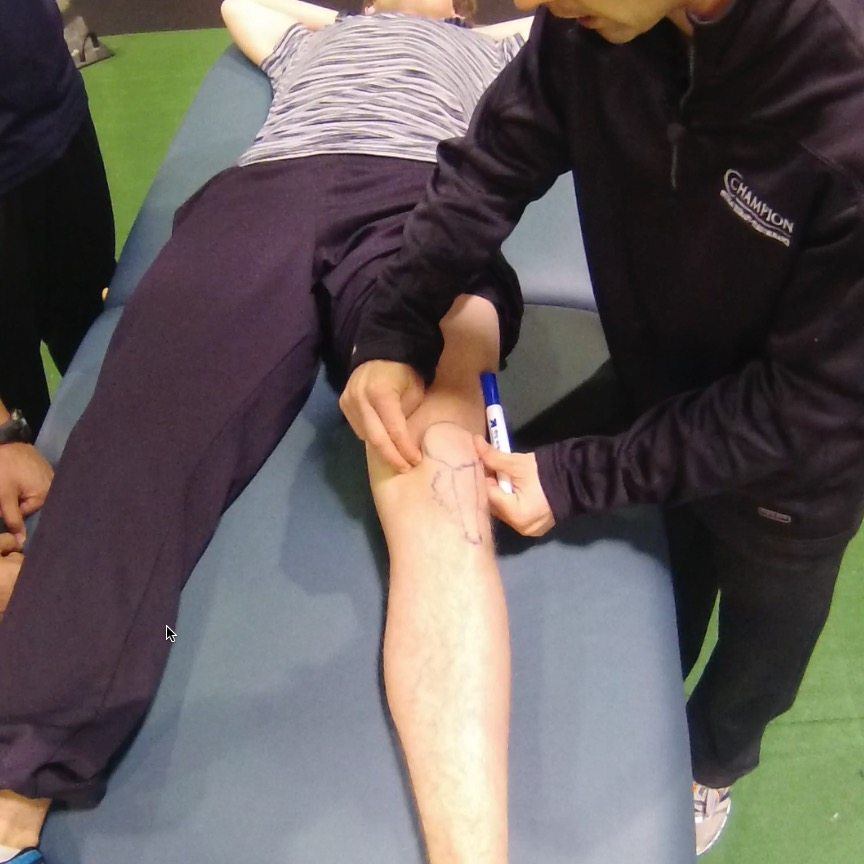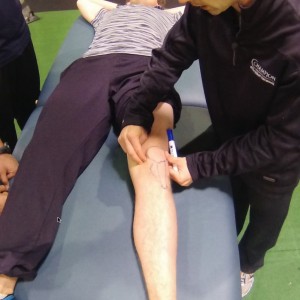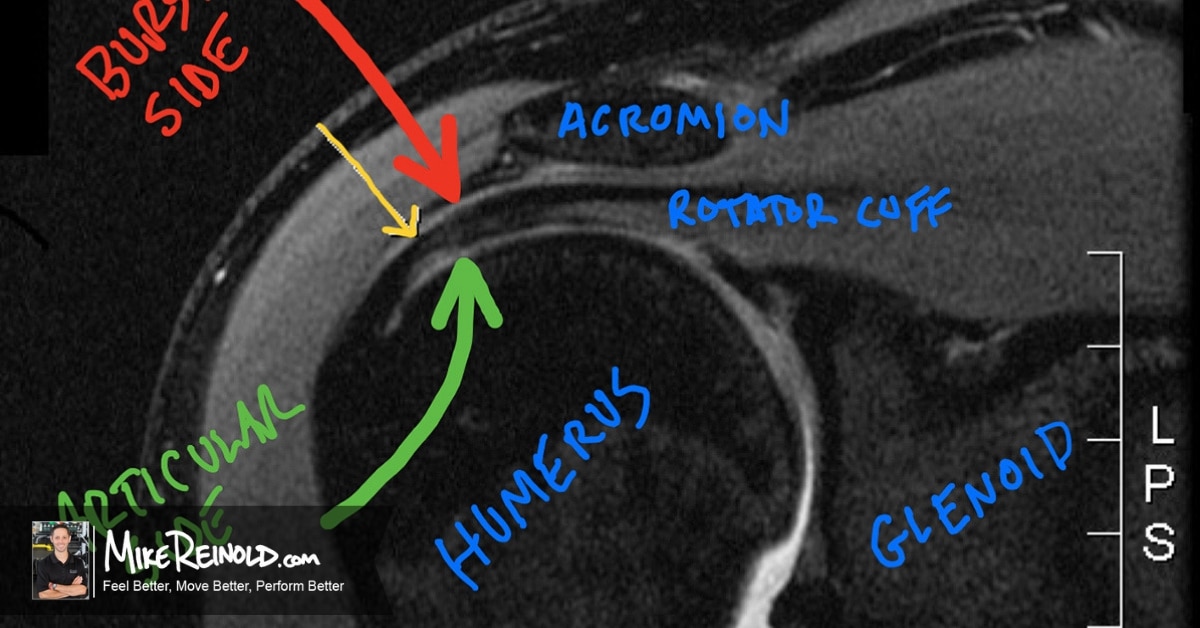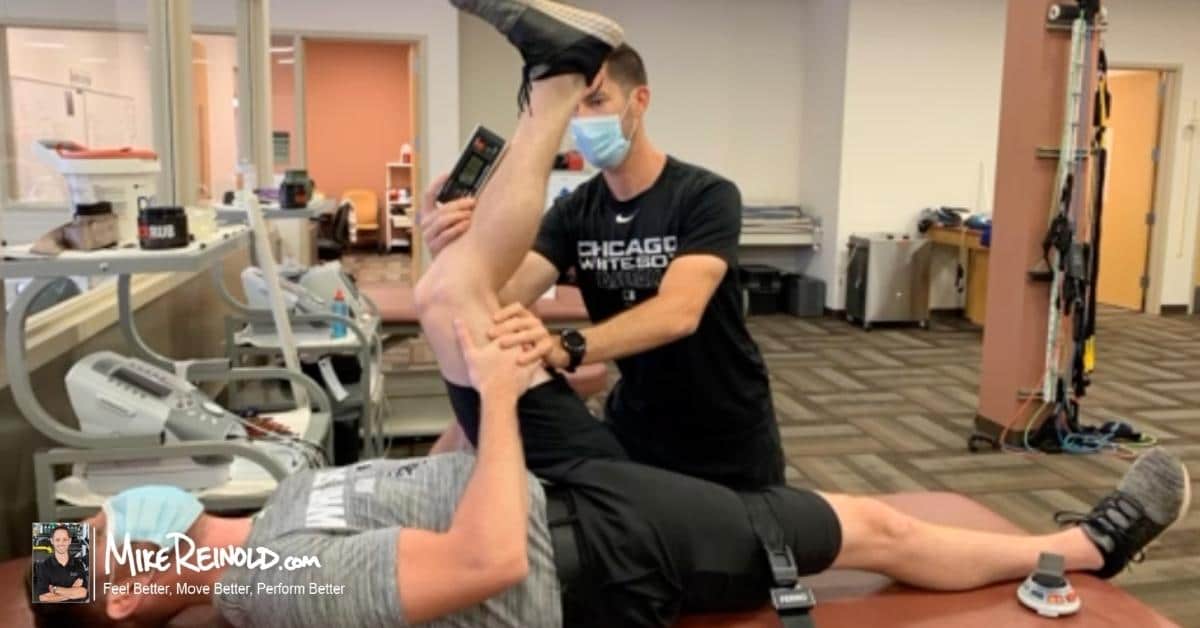The latest Inner Circle recording on 3 Tips for Assessing the Patellofemoral Joint is now available.
3 Tips for Assessing the Patellofemoral Joint
This month’s Inner Circle presentation is on 3 Tips for Assessing the Patellofemoral Joint. In this live inservice recording, I discuss a few tips that that I follow when evaluating someone with anterior knee pain, or patellofemoral pain syndrome. Often times the patellofemoral joint gets little attention during the examination. But, in order to treat patellofemoral pain successfully, you need to have an accurate diagnosis that is very specific. Not all anterior knee pain is the same!
This presentation will cover:
- How your anatomy of your trochlea can alter your ability to statically stabilize
- How to assess the static stabilizers of the patella
- A detailed overview of how I palpate different soft tissue structures around the knee
- How and why you need to look both proximally and distally as well as at the knee
- The one simple test I do with everyone to assess how proximal and distal factors xalter the forces at the knee
To access this webinar:






